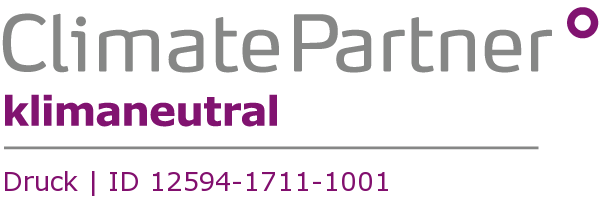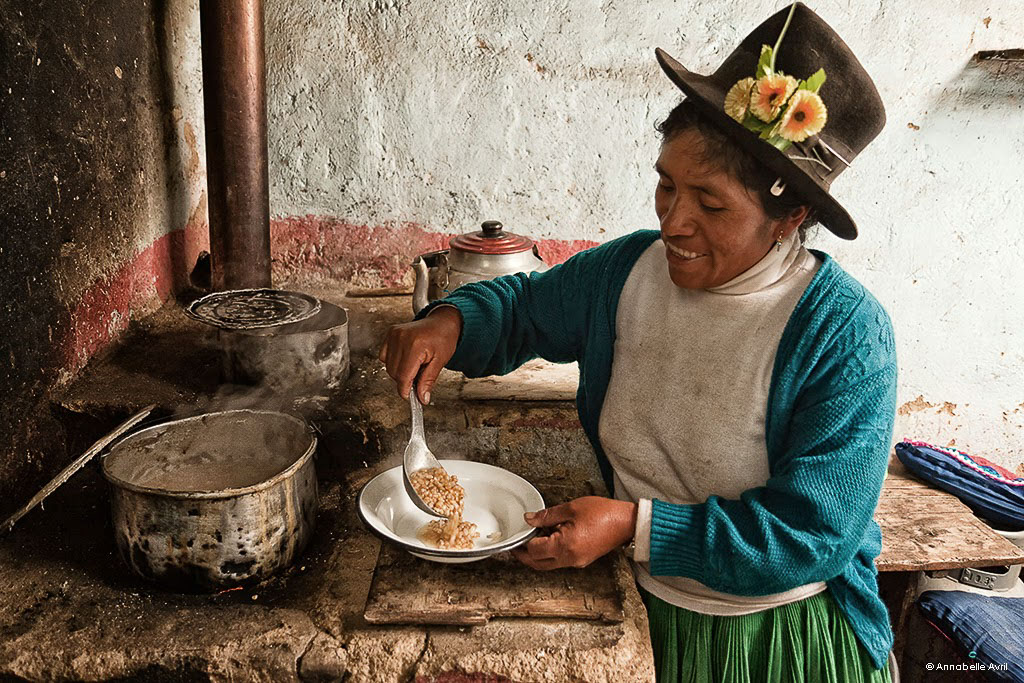Climate neutral business cards or letterheads would be a formidable thing. But strictly speaking, these do not exist. Even paper production alone does not work without CO2 emissions, and other factors such as energy and transport are also involved. But what you can do: Minimize the CO2 footprint and compensate for the remaining greenhouse gas emissions. prinux does both and thus produces as climate-friendly as possible.
Many printing companies leave the choice whether the product should be produced “climate neutrally” or not to the client. But what actually happens if you tick the appropriate box in the online shop? The price increases minimally, and in production nothing changes – nothing at all. Your business cards, your letterhead or your envelopes are produced exactly the same way, regardless of whether you have ordered them”carbon neutral” or not. Instead, the print shop guarantees to balance the – unfortunately unavoidable – CO2 emissions by financing a CO2-reducing project. This involves, for example, forest protection, the replacement of fossil fuels by water or wind energy and similar.
Many of these offsetting projects take place on the other side of the world – where large CO2 savings can be achieved with comparatively small funds. Since the greenhouse gases are distributed evenly throughout the entire earth’s atmosphere anyway, it does not matter where the reduction takes place.
100 business cards or 100 g minced meat
And how much CO2 emissions does such a printed product cause – say, a set of 100 business cards? There are specialists with whom the printers work to calculate this. They take into account not only the direct CO2 emissions of a production process through paper and printing but also the proportionate total emissions of a company – from heating, air conditioning and hot water to the travel distances of the staff and business trips. prinux works together with Climate Partner (www.climatepartner.com) for this purpose and according to their calculations prinux produces an average of around 0.54 kg of CO2 emissions for 100 business cards. That is about the same as 0.4 liters of milk, 100 g of minced meat or a 2 km drive in a small car.
Consequently, anyone who wants to virtually neutralise this 0.54 kilogram of CO2 must, as already mentioned, ensure that somewhere in the world exactly that amount less greenhouse gas is released into the atmosphere. The costs for this are modest – just a few cents for the 100 business cards mentioned. But when customers have to choose from order to order whether to accept this small surcharge, it is quite cumbersome, and by no means all clients are willing to comply.
Complete in-house production is CO2-neutral
Therefore, prinux decided to make its entire business card production climate neutral at its own expense. For you as a prinux customer climate protection is now included – at no extra charge. In early November 2017 prinux was certified by Climate Partners.
Efficient ovens and community gardens
As a climate protection project, prinux has selected an initiative that not only compensates for CO2 emissions but also improves living conditions in Peru’s poorest regions. Many people there still cook over open fires, causing heavy smoke to develop in the kitchen, which poses a particular threat to the health of children. In addition, this method consumes almost twice as much firewood as efficient cooking stoves, which channel the smoke outside via a chimney. Precisely these efficient and clean stoves are financed by the funds from CO2 compensation.
Furthermore, this project called Qori Q’oncha promotes the creation of community gardens by providing seeds and equipment. In this way, people are given independent and long-term access to fresh and healthy food.
Climate-neutral printing at prinux thus makes a small contribution to achieving three goals:
- Reduced deforestation and emissions through reduced firewood consumption
- Improved economic situation through time and cost savings in the procurement of firewood
- Improved health through smoke-free homes and fresh food supply
The supported project meets the so-called “Gold Standard VER, No. 1005” and is verified by TÜV NORD CERT GmbH.
Not only compensate, but also minimize
But as mentioned above, climate protection not only involves offsetting, but also minimizing the CO2 footprint. The good news: prinux is already very CO2-efficient, as the analysis by Climate Partner has shown. But more about this in one of the next blog posts.


